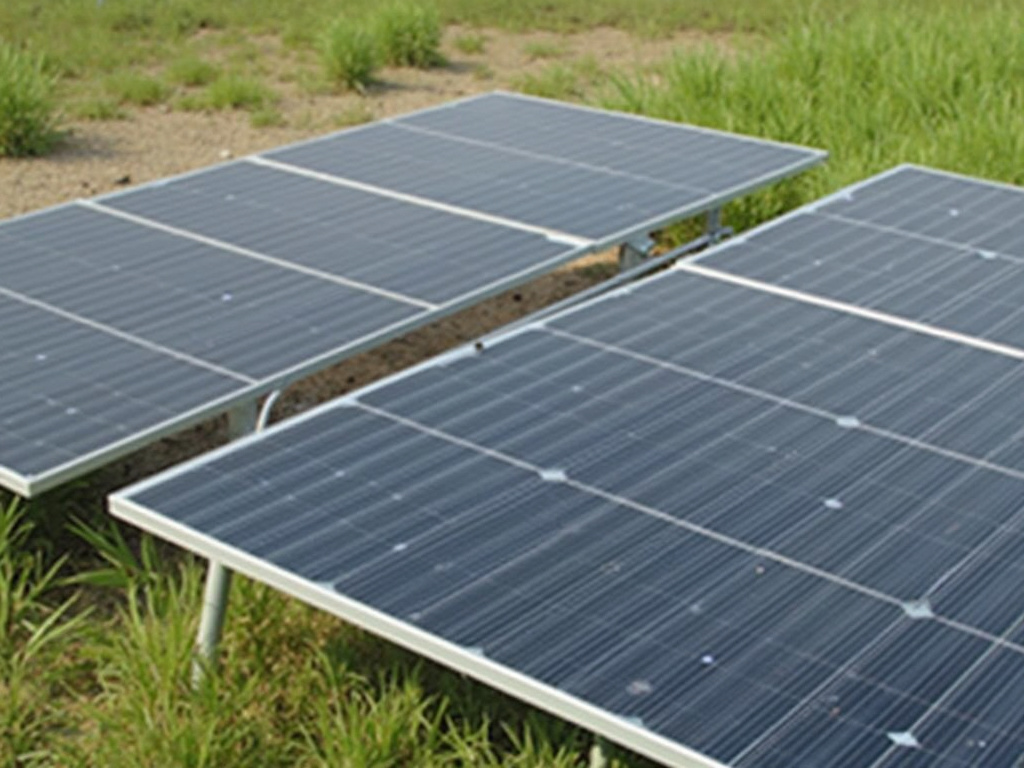Spray-on solar cells represent a groundbreaking advancement in renewable energy technology, offering the potential to transform virtually any surface into a power generator. This innovative approach utilizes materials processed into liquid form that can be easily applied to various surfaces, paving the way for more widespread and flexible solar energy adoption.
Key Takeaways:
- Spray-on solar cells use materials like perovskites and organic semiconductors
- Efficiency rates of up to 19% for perovskite cells, rivaling traditional silicon-based solar panels
- Innovative manufacturing processes include spray-painting and roll-to-roll techniques
- Applications range from buildings to vehicles and wearable devices
- Cost-effective solution with potential for widespread energy accessibility
Revolutionary Technology: Spray-On Solar Cells Explained
Spray-on solar cells represent a paradigm shift in solar technology. These innovative cells are created using materials that can be processed into a liquid or ink form, allowing them to be sprayed or printed onto various surfaces. The key materials used in this technology include perovskites, organic semiconductors, nanoparticles of phosphorus and zinc, and quantum dots.
One of the most impressive aspects of spray-on solar cells is their efficiency. Perovskite cells, for instance, have achieved efficiency rates of up to 19%, which is remarkably close to the 25% efficiency of traditional silicon-based solar cells. This high performance, combined with their versatility, makes spray-on solar cells a promising alternative to conventional photovoltaic technology.
To put this efficiency into perspective, researchers at MIT have developed ultrathin solar cells that generate 18 times more power-per-kilogram than conventional solar cells. This significant improvement in power output relative to weight demonstrates the potential of spray-on solar technology to revolutionize energy generation across various applications.
Innovative Manufacturing Processes
The production of spray-on solar cells involves several cutting-edge manufacturing processes. The University of Sheffield has developed a spray-painting method specifically for perovskite solar cells, which allows for rapid and uniform application of the photovoltaic material.
Another innovative approach is the high-speed roll-to-roll manufacturing process developed by New Energy Technologies for organic solar cells. This method is particularly suitable for large-scale production, as it allows for continuous fabrication of solar cells on flexible substrates.
MIT researchers have also made significant strides in this field by using slot-die coaters to produce ultrathin solar cells with printable electronic inks. This technique offers several benefits, including:
- Minimized material waste
- Scalability for high-volume manufacturing
- Reduced production time and cost
These advanced manufacturing processes contribute to making spray-on solar cells a cost-effective and efficient alternative to traditional solar panels.
Versatile Applications and Cost-Effectiveness
One of the most exciting aspects of spray-on solar cells is their versatility. These cells can be applied to a wide range of surfaces, including:
- Windows
- Roofs and walls
- Vehicles
- Wearable devices
- Fabrics and apparel
This flexibility opens up numerous possibilities for energy generation in both urban and rural environments. The cost-effectiveness of spray-on solar cells is another significant advantage. The use of cheaper materials and simpler production processes, combined with the elimination of costly installation fees, makes this technology an attractive option for widespread adoption.
Spray-on solar cells also have the potential to increase energy accessibility in developing countries. The low-cost, mass manufacturing solution could provide a sustainable power source for communities that currently lack access to reliable electricity.
Durability is another key feature of this technology. For instance, MIT's fabric solar panels retained over 90% of their power generation capacity after 500 roll/unroll cycles, demonstrating their resilience and suitability for various applications.
Future Potential and Notable Developments
The future of spray-on solar cells looks promising, with several potential applications on the horizon. One exciting possibility is the use of solar paint as an additional energy source to enhance existing solar setups. This could significantly increase the overall energy output of solar installations without requiring additional space.
Another intriguing application is the concept of solar-painted vehicles. By applying spray-on solar cells to the exterior of cars, trucks, and other vehicles, we could add solar-generating capacity to transportation, potentially reducing reliance on traditional fuels.
As the technology advances, high-quality solar paint could even serve as a primary power source for homes and businesses. This could revolutionize the way we think about energy generation and distribution, making every surface a potential power source.
Several research institutions are at the forefront of these developments. The University of Sheffield, New Energy Technologies, MIT, and the University of Alberta are among the notable organizations driving innovation in spray-on solar cell technology. Their continued research and development efforts are likely to yield even more exciting advancements in the coming years, bringing us closer to a future where clean, renewable energy is readily available on any surface.
Sources:
University of Sheffield
New Energy Technologies
MIT
University of Alberta
Need Energy? Spray It On with New Spray-On Solar Technology
Solar Paint: The Next Big Thing in Renewable Energy






